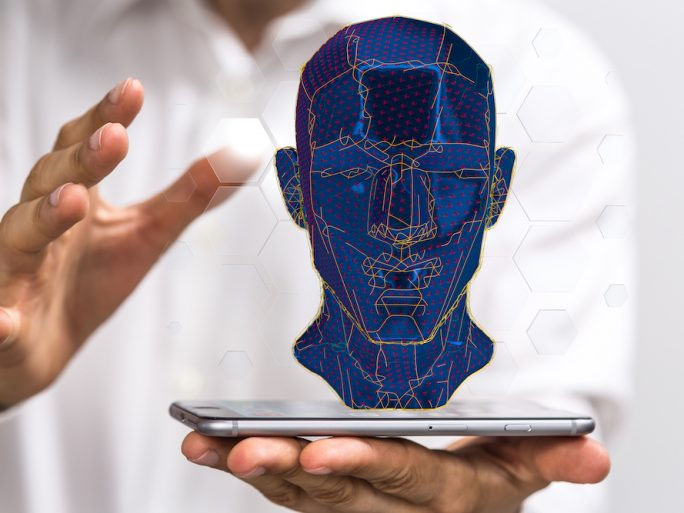NEW DELHI, May 21
The technology landscape is undergoing a revolution. It has been over one and a half years since Chat GPT was launched, which has been the inflection point for people to seriously notice the power of Generative AI. GitHub Copilot has captured the attention of the developer community globally. Computers have gained the ability to learn, think and communicate like humans do. With Generative AI technology’s ability one can create entirely new and seemingly human-like text and images. This isn’t just changing how we interact with machines; it fundamentally changing how we envision the future of creativity, content creation, and problem-solving. It is not perfect but improving at a rapid pace. We stand in the cusp of the digital era, understanding Generative AI’s potential to reshape our world.
But today’s advancements only scratch the surface of what emerging technology like Generative AI can achieve. Have you ever wondered what the future holds? Well, all of us are at the beginning of a journey to understand Generative AI’s potential.
But it is evident that Generative AI is ready to transform roles and boost performance across functions including software development, marketing, business operations, etc., as well as create disruptions across industries from banking to life sciences. As per Bloomberg Intelligence, the Generative AI market is poised to explode, growing to $1.3 trillion over the next 10 years.
Generative AI serves as a transformative tool, turning ideas into innovative opportunities. But how can businesses harness this capability?
Generative AI is also now an extended collaborator in the creative process. Generative AI leverages diverse datasets and analyzes patterns to create entirely new concepts. Being an aconnoisseur of good food, I can visualize a chef who has traveled the world, collecting recipes can invent entirely new dishes with surprising aromas, flavors, and textures, playing with the same ingredients that is beyond imagination, providing a balanced meal.
It can be an imaginary kitchen for Chefs to experiment with possibilities, and create fusion cuisines.
It can be further augmented with the science of food and cooking. The result? Food is so amazing; it could redefine fine dining altogether. That’s the power of Generative AI. While that was just an example that many of us can relate, imagine the same creative power unleashed in organizations. Generative AI is likely to create major disruptions, boosting productivity, growth, efficiency, and even how we train and utilize employees.
1.Generative AI has the potential to change the landscape of work, boosting the capabilities of individuals by automating some of their activities. Gen AI is replicating pair-programming with copilots and code generation, boosting productivity, and relying on vast amounts of trained data. This results in accelerating development cycles and increased productivity.The future could be more disruptive with innovations like Devin.
2.Generative AI is getting a major efficiency upgrade. Companies like Deci are developing models like Deci-Nano, which achieve high performance for tasks like writing and summarizing text while requiring less computing power. Additionally, some models can handle different content types, allowing users to switch between tasks and potentially use one tool for various workflows.
Businesses can create content faster, software developers can be more productive, and researchers can explore new possibilities in fields like medicine and materials science.
3.Generative AI governance is a rapidly evolving field. Organizations are calling for a global approach emphasizing transparency, risk management, and international cooperation. While still under development, generative models are being explored for tasks like detecting biases in training data for other AI systems, generating synthetic data for secure testing, and simulating scenarios to assess risks. This future of Generative AI working hand-in-hand with governance frameworks is promising a more responsible and beneficial integration of this transformative technology.
4.Generative AI is revolutionizing upskilling by creating personalized learning experiences. Powerful models like GPT-4 can analyze individual strengths and weaknesses to tailor learning journeys with targeted content, difficulty levels, and formats. Imagine practicing complex skills in safe, virtual environments or accessing bite-sized lessons on specific topics precisely. These advancements and future possibilities, like adaptive learning systems and AI-powered mentorship, promise to democratize upskilling for a future-ready workforce.
As we harness the capabilities of generative AI to chart a course toward a future brimming with innovation and possibility, let us remember that the true measure of our success lies not in the implementation of the technology but in the depth of our outcomes it can create be it in optimizing cost, enhancing revenues or improving user experience. Generative AI isn’t here to replace human brilliance, it is here to augment it. Like any technology that provides significant value, usage would increase and as the usage increases, models will get more powerful and become cost-effective – this would further drive the adoption.



























